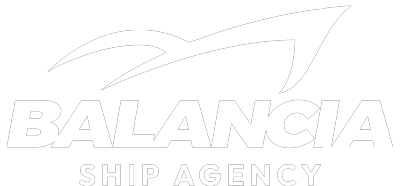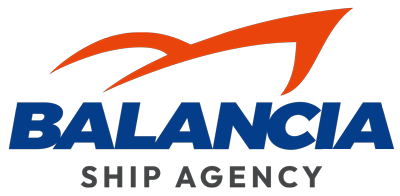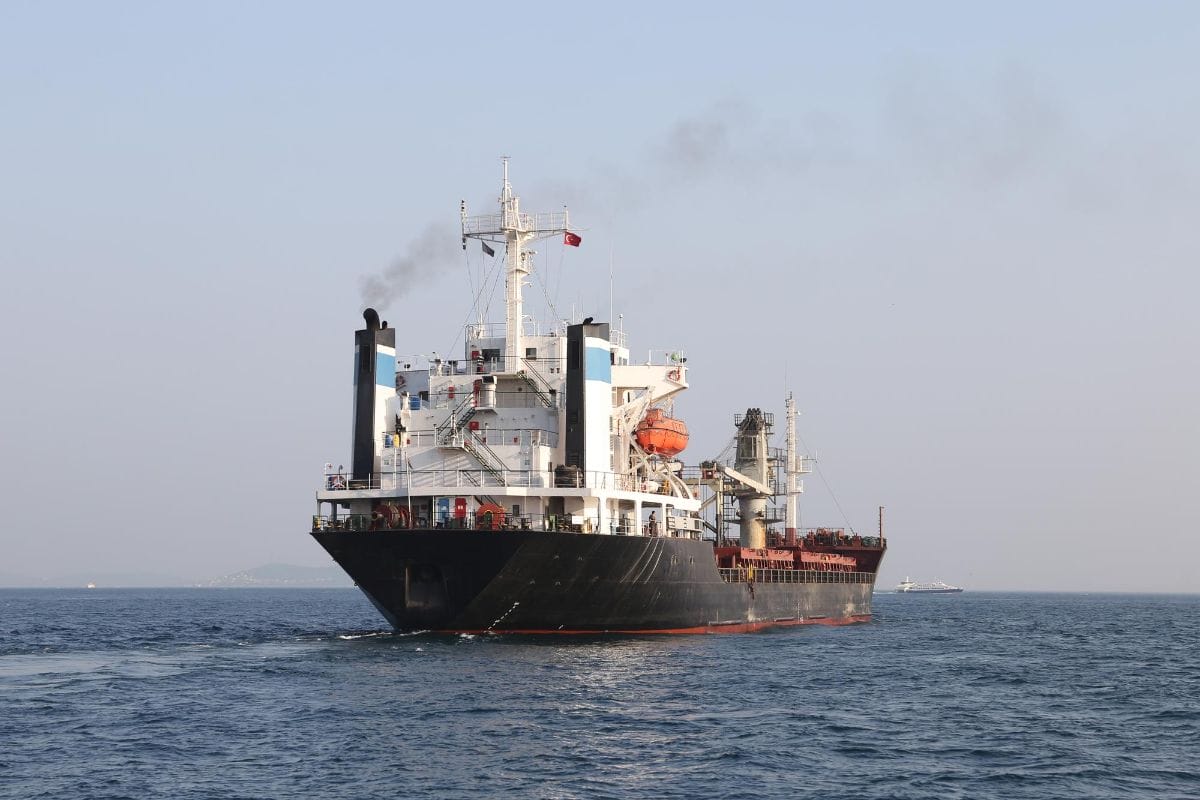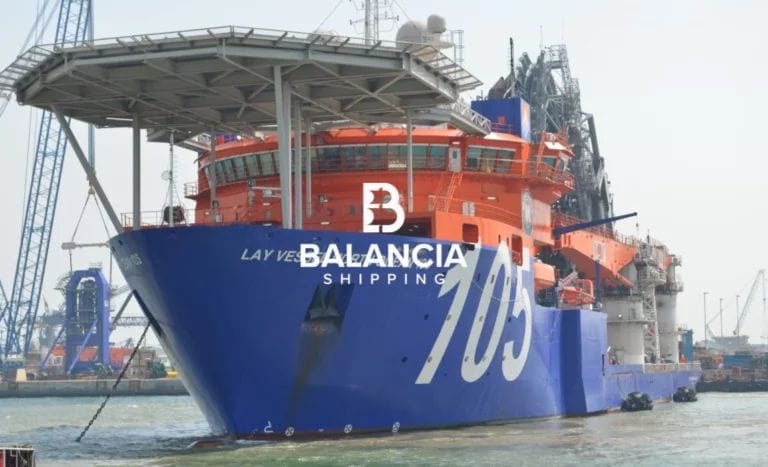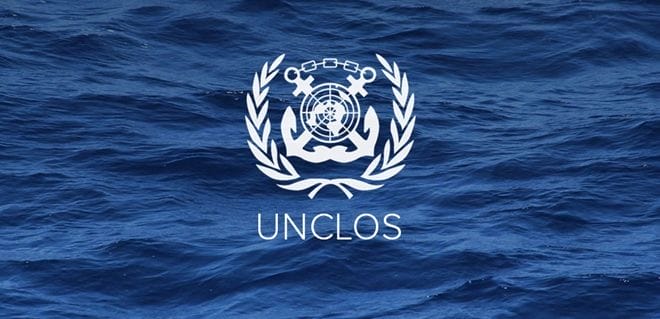Carbon Intensity Indicator, How This Regulation Affect Your Ship Business
The International Maritime Organization’s (IMO’s) Carbon Intensity Indicator (CII) regime under the International Convention for the Prevention of Pollution from Ships (MARPOL) issued clauses to operate ships according to the new CII playing field. These clauses are designed to assist landlords and lessees to navigate contractually within the context of time charter parties. This is also done to promote collaboration, transparency and flexibility between the parties, especially in circumstances where the commercial activities and use of the ship as determined by the charterer are beyond the control of the owner. On the ship’s carbon intensity, it can also determine the owner’s role in maintaining the ship’s energy efficiency. Therefore, reducing carbon intensity is a shared responsibility that needs to be clearly reflected in the context of a time charter party.
This clause is intended to determine the sustainability of the parties in contributing to reducing the ship’s carbon intensity as required by the MARPOL Carbon Intensity Regulations. The commercial element is also included in the clause so that it can help shipowners and charterers to work together and collaborate in a balanced way. This can also allow both parties to share and be transparent on ship data that focuses on ship energy efficiency and flexibility in ship operations, including labor issues.
The clause is intended to be a “stand-alone” clause that can be incorporated into existing or new time charter parties. While the clause provides a reasonable and pragmatic blueprint of how to deal with the new CII regime in practice, parties are encouraged to consider how it fits in with their respective industry segment, the particular trade, the duration of the time charter party arrangement and the commercial relationship between the parties.
In this clause the parties must familiarize themselves with the MARPOL Carbon Intensity Regulations and the exact requirements that apply to vessels. To ensure the clauses are fit for purpose, a review of the clauses will be conducted once there is a clear understanding of how the MARPOL Carbon Intensity Regulation works in practice.
Subclause (a) about MARPOL Carbon Intensity Regulations
MARPOL’s Carbon Intensity Regulations include a Ship Energy Efficiency Management Plan (SEEMP). In the process of shipping, most ships are required to have and follow the SEEMP to comply with the MARPOL Carbon Intensity Regulations. In addition, this regulation includes operational steps that must be followed by the owner, the charterer must see the SEEMP of the ship.
Subclause (b) about Working together and sharing best practices and data
The ongoing reduction of carbon intensity is a shared responsibility between the owner and the lessee in the context of a time charter party and requires the parties to collaborate and work together. The parties must operate transparently, share data and cooperate to optimize the commercial use of ships.
Subclause (c) about Charterers’ obligations
Subclause (c) stipulates that the charterer is required to operate the vessel so that the Achieved C/P CII does not exceed the Agreed CII at the end of the relevant calendar year or upon re-handover. Therefore, Approved CII is a key factor that lessees have to consider as it is the main benchmark against which to measure their liability.
Subclause (d) about Agreed CII
Must discuss and agree on the CII values that apply to each calendar year of the lessor or for the period of the lessor, if shorter than one calendar year. Values are expressed in grams of CO2 emitted per cargo carrying capacity and nautical miles traveled. It corresponds to an equivalent CII rating, which is also reflected in the table.
Subclause (e) about Just in time arrivals and slow steaming
Subclause (e) provides charterers with the flexibility they need to fulfill their obligations over the charter party period or calendar year if the time charter party is long term. Charterers must carefully follow and monitor the ship’s CII Reached C/P based on the data provided by the owner.
Subclause (f) about Owners’ obligations
Subclause (f) regulates minimizing fuel consumption and maintaining the energy efficiency of the vessel concerned. The owner is required to carry out due diligence to ensure that the vessel is operated in a manner that minimizes fuel consumption. This includes the owner’s responsibility for maintaining the ship, its engines, hull and relevant equipment.
Subclause (g) about Ongoing dialogue and cooperation towards the C/P Attained CII meeting the Agreed CII
Subclause (g) sub serves to promote ongoing and constructive dialogue between the parties and get them to cooperate and collaborate to ensure that the ship is operated in a way that reduces carbon intensity in accordance with the MARPOL Carbon Intensity Regulations.
Subclause (h) about Compliance with Charterers’ orders under subclause (g)
The intent behind this subclause (h) is to discuss the steps taken to comply with the lessee’s orders in order to avoid disputes or raise doubts between the parties as to whether acting in accordance with subclause (g) may be considered an offense by the landlord. .
Subclause (i) about Contracts of Carriage
Based on subclause (e) the charterer may in its sole discretion give orders or instructions to the Master to adjust the ship’s speed or RPM. Similarly, steps may need to be taken to reduce the ship’s speed or provide alternative orders to have C/P CII Completed in accordance with CII Agreed under subparagraph (g).
Subclause (j) about Claims
Subclause (j) gives the landlord the right to claim general damages for breach of contract and sets out the types of damages and losses that the landlord may recover from the lessee. The amount of loss and damage still needs to be proven and proven to be caused by the lessee’s violation of their obligations under this clause.
Explanation
CII – Carbon Intensity Indicator, as provided for in the MARPOL Carbon Intensity Regulations.
CII Rating – the Vessel’s attained operational carbon intensity rating
C/P Attained CII – the CII value in gCO2/(dwt.nmile)* attained by the Vessel, applying any regulatory correction factors and voyage adjustments applicable to the Vessel and excluding (fuel consumed and distance).
Delivery Attained CII – the CII value in gCO2/(dwt.nmile)* attained by the Vessel for the calendar year to date as calculated at the time of delivery into the Charter Party.
Effective Date – 1 January 2023.
MARPOL Carbon Intensity Regulations – the regulations contained in Chapters 1, 2 and 4 of Revised MARPOL Annex VI
Projected Attained CII – the C/P Attained CII extrapolated over the remainder of the relevant
source
https://www.bimco.org/contracts-and-clauses/bimco-clauses/current/cii-operations-clause-2022
Need For Consultation About This Regulation ? Contact Us !
BALANCIA SHIP AGENCY
HQ Address : Komplex Ruko Golden City Block C No.3A, Batam City, Indonesia 29432
www.balancia.co.id
Mobile Ph. : +628112929654
Office Ph. : +627784883769
